Tip of the Month: Dogs 'N Frogs!
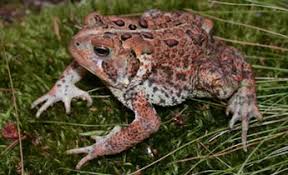
Dogs are sometimes “curiosity on 4 legs” when it comes to small interesting critters hopping around on their turf. And... dogs not always being the best judges of what's good for them ... can be known to sneak in an extra close investigation of a big ol frog or toad and yikes...big mistake!
Whether they licked, tasted or even “dog help 'em” ate a frog or toad, there are bound to be some very quick and unpleasant reactions! If your dog has gotten too close for comfort to a frog or toad you will know right away, observing them frothing and foaming a the mouth. Your dog may start drooling excessively and seem very upset with their lips, tongue and mouth. Your dog may rub their face and mouth in the dirt or grass, paw at their mouth or retch while opening their quickly reddening mouth with a “what the heck was that?” look on their bewildered face! Don't panic - these are all a dog's auto responses to introducing an disagreeable toxin to their system! (Note that more severe reactions (especially if your dog gulped down a toad for instance- yuck) are; vomiting (yellow),excessive panting, dilated pupils, head shaking, overheating, loss of coordination, seizure, diarrhea).
So are these amphibians dangerous to dogs? Short version is 'sometimes'. First, it's handy to know what your dog may have gotten into. Frogs are typically smaller, slimy with long legs (big swimmers) and found around water, but toads having bigger bodies, short legs and thick rough bumpy skin, are found on land in drier areas (like your back yard) and having bigger quantities of venom, are much more dangerous to dogs.
As a self defence, frogs and toads secrete a chemical substance through their skin that is incredibly bitter, foul tasting and/or highly toxic for dogs. When they are stimulated with nuzzling, licks or bites, their glands compress releasing toxins which are quickly absorbed through your dog's mouth, nose and eyes.
Most amphibians like frogs and toads are nocturnal, meaning they'll be most active once the sun goes down. Your number one prevention is to walk your dog on leash preferably before dusk. This is a perfect time to use your dog's training to “leave it” or “no”, so that whenever you notice them about to pounce or hunt after a toad or frog they will have automatic unpleasant consequences if they dare not listen!
If you suspect that your dog has come into personal contact with a frog or toad, as long as your dog is conscious, quickly flush out your dog's mouth with a lot of water. Using a hose, with a sideways angle, be sure water is rinsed OUT rather than toward the back of your dog's mouth where they would choke or swallow the water along with the toxins. You can also take a towel and rub the inside of your dog's teeth, gums and tongue to help remove any slimy toxic residue. Rinse thoroughly for 5-10 minutes and take your dog to a calming area where their heart rate can relax and be sure to monitor them. If your dog is unconscious, or any of the more severe reactions as listed, or shows continued problems, of course, be sure to contact your veterinarian immediately.
For more dog health and training tips, visit Ask The Trainer. Ask me about dog-owner training today as well!


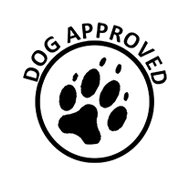
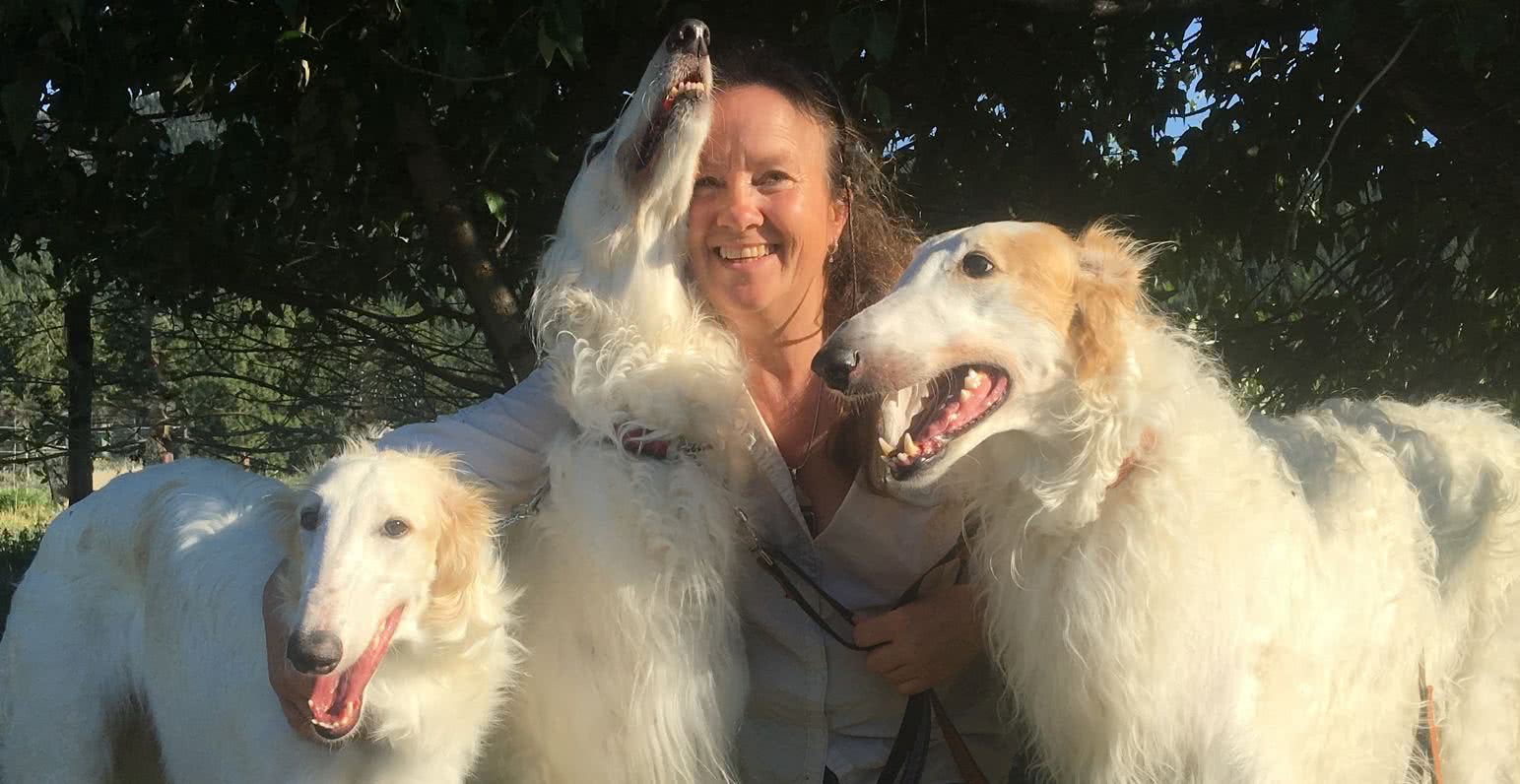

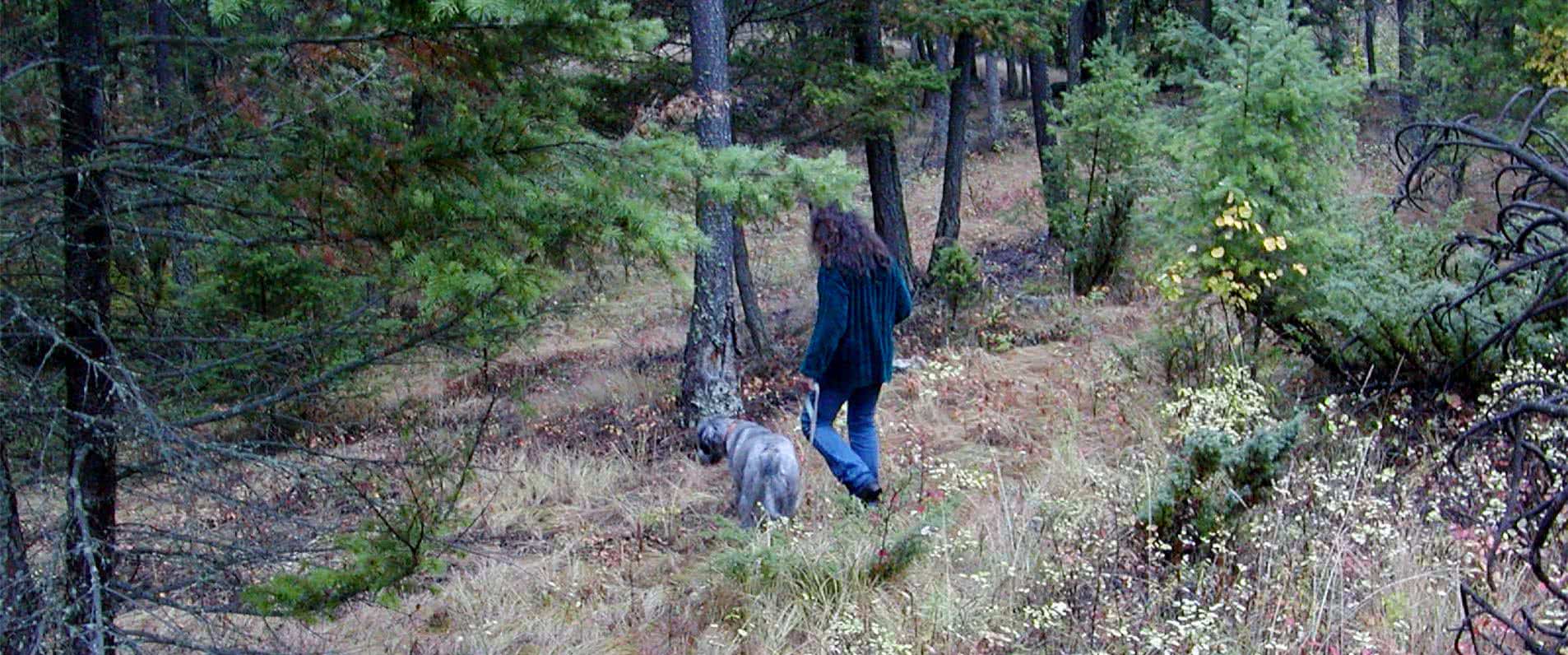
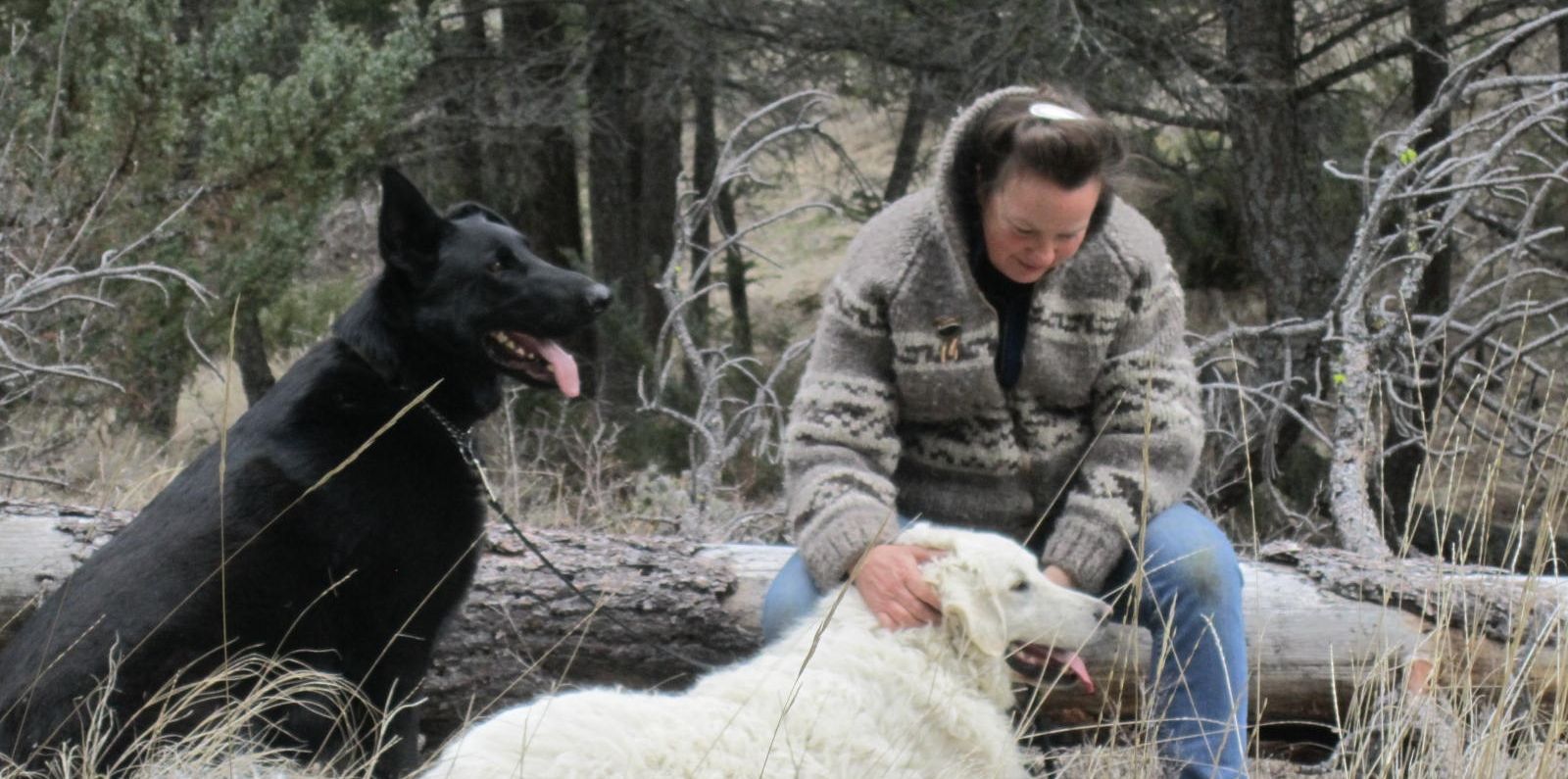
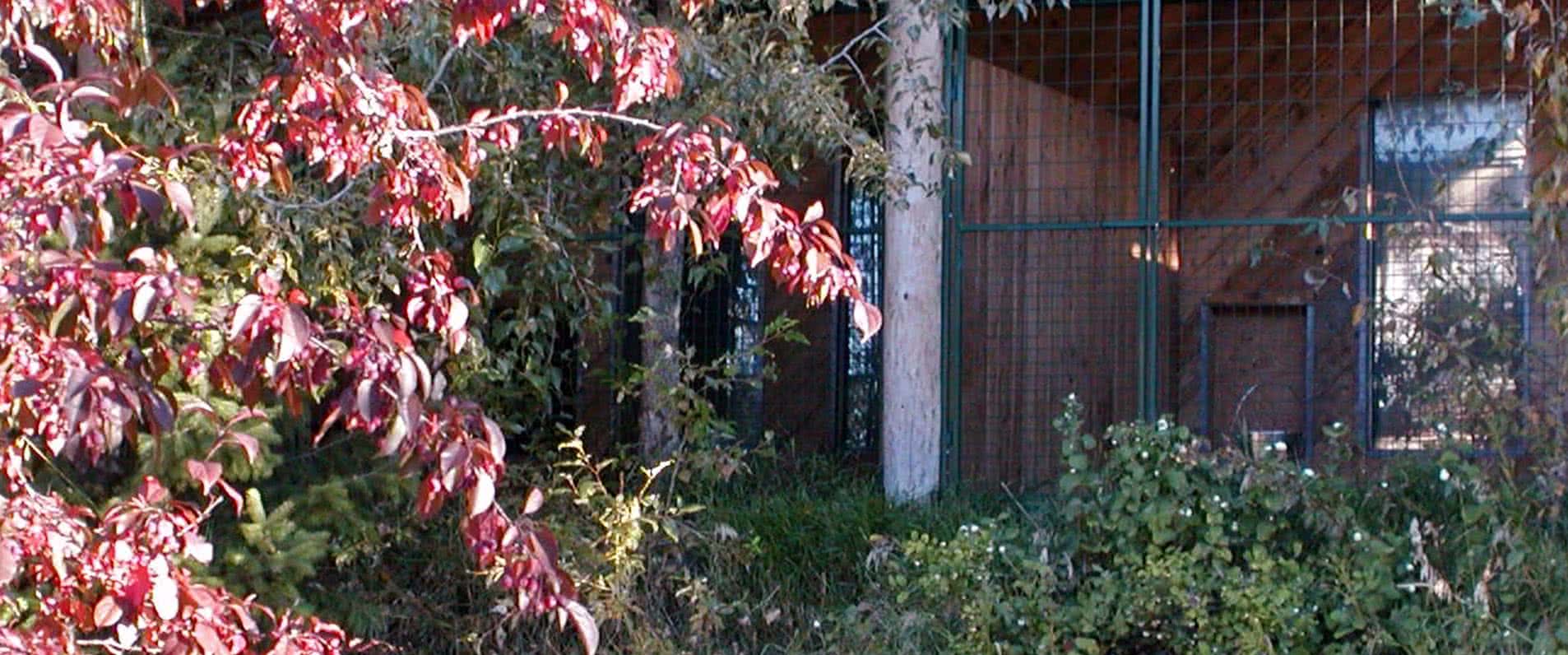
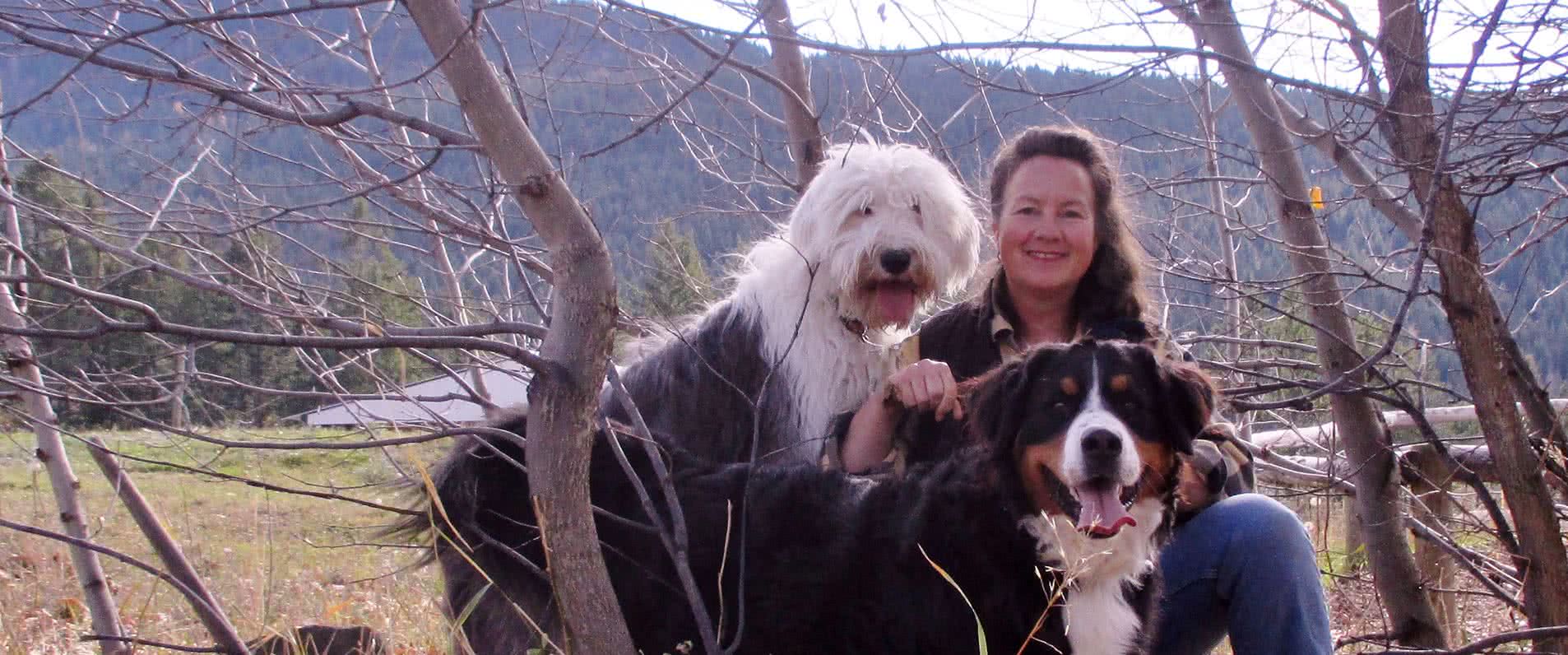


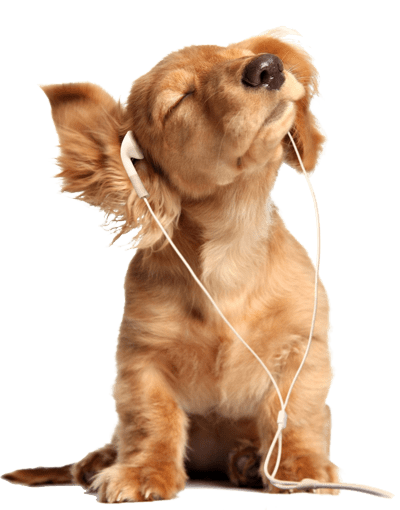
 Contact Form
Contact Form